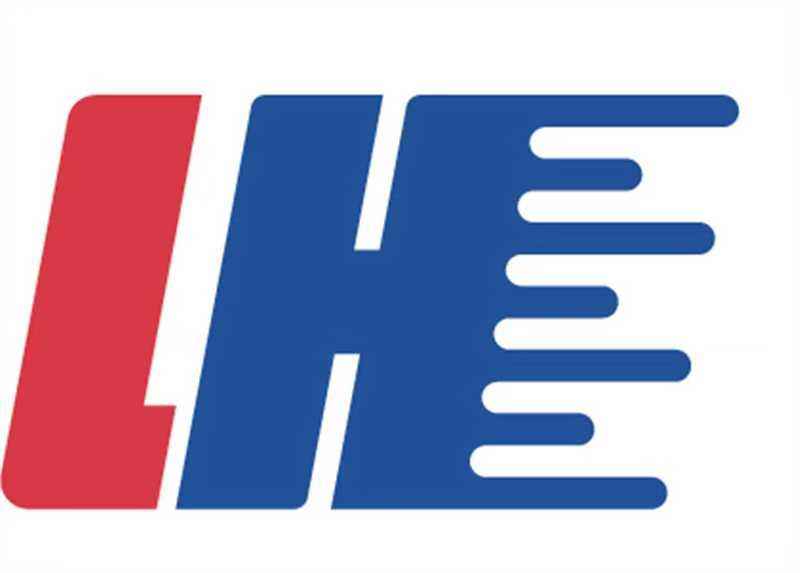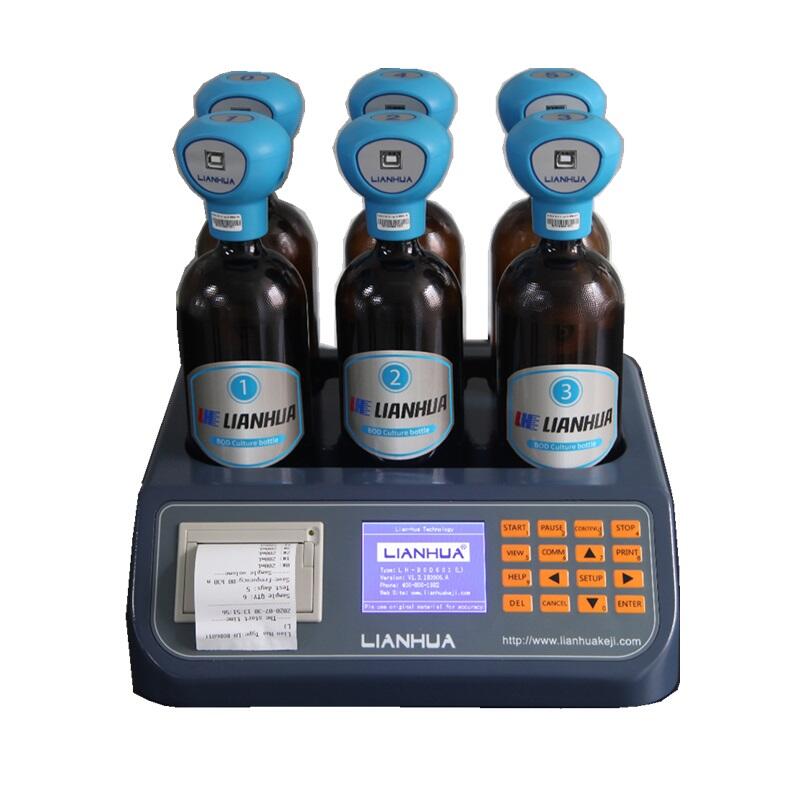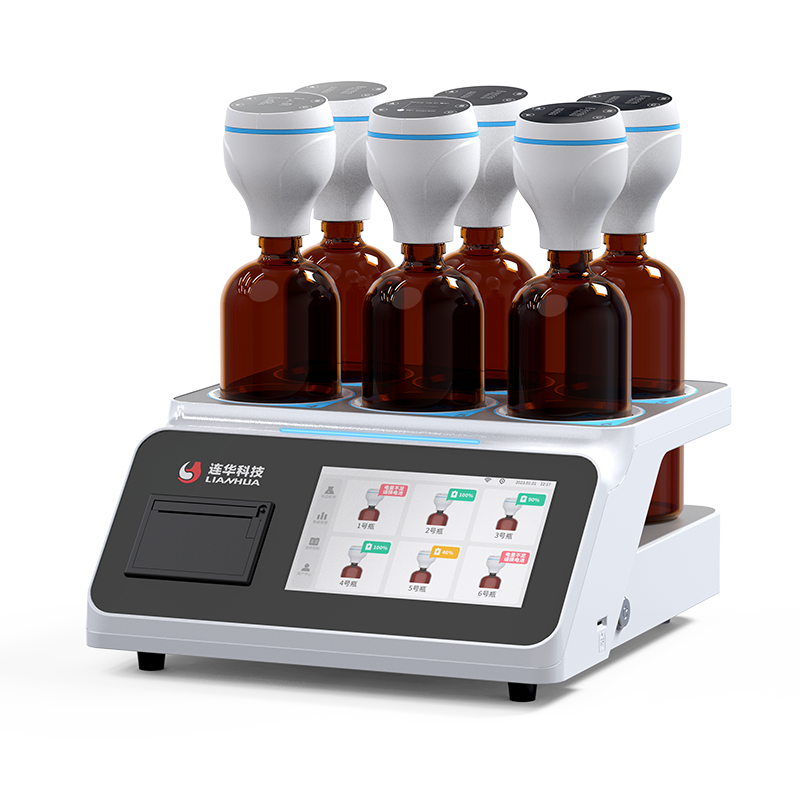Advancements in BOD Analyzer Technology for Environmental Monitoring
Key Innovations in Modern BOD Analyzers
Real-Time Monitoring Capabilities
Real-time monitoring capabilities significantly enhance the ability to track Biochemical Oxygen Demand (BOD) levels continuously, offering a transformative shift from traditional lengthy testing methods. By providing instant data, wastewater treatment facilities and environmental laboratories can better manage and respond to variations in BOD levels. This continuous tracking allows for more efficient management of treatment processes, ensuring regulated compliance and cleaner environmental outcomes. For instance, facilities dealing with industrial wastewater might experience sudden spikes in organic load; real-time data enables them to make immediate adjustments. Studies, such as those mentioned by Real Tech, have shown that instantaneous access to BOD data substantially improves decision-making, yielding significant cost and efficiency benefits in water treatment operations.
Enhanced Accuracy with Advanced Sensors
Advanced sensor technologies have paved the way for enhanced accuracy in BOD measurement, making use of innovations such as optical, electrochemical, and biosensors. These sophisticated tools offer heightened precision compared to traditional methods, demonstrating a remarkable reduction in measurement errors. Optical sensors, for instance, utilize changes in light properties to precisely detect the presence of organic compounds. Electrochemical sensors measure changes in electrical properties, while biosensors leverage biological elements to detect specific biochemical reactions. Statistical performance indicators underline these advancements, revealing a decrease in variability and a boost in reliability. Industry experts acknowledge that the integration of such advanced sensors not only increases the accuracy of readings but also boosts confidence in data-driven decisions for environmental monitoring.
Multi-Parameter Analysis Integration
Integrating multi-parameter analyses into BOD analyzers provides a comprehensive view of water quality by concurrently monitoring variables such as temperature, pH, and chemical concentrations. This holistic approach enables precise assessment and enhances environmental compliance by highlighting cumulative impacts on water systems. Case studies from environmental compliance initiatives showcase how multi-parameter analyses lead to proactive regulatory adherence and improved water management strategies. Future perspectives on this innovation indicate an increasing reliance on such integrated systems for ongoing environmental monitoring. As industries and municipalities aim for sustainable practices, the ability to analyze multiple parameters simultaneously in real-time empowers stakeholders with the insights needed to maintain and protect water resources effectively.
Benefits of Next-Gen BOD Testing Equipment
Improved Environmental Compliance
Modern Biochemical Oxygen Demand (BOD) analyzers play a pivotal role in supporting facilities to adhere to stricter environmental regulations. By providing precise and reliable measurements, these advanced systems ensure that wastewater treatment plants and environmental labs can consistently meet compliance standards, thereby avoiding hefty penalties associated with non-compliance. For instance, many facilities have reported significant improvements in adherence to state and federal environmental guidelines after implementing next-gen BOD testing equipment. The adoption of this technology effectively mitigates non-compliance costs by ensuring continuous monitoring and control over the wastewater quality.
Operational Efficiency in Wastewater Management
Next-generation BOD analyzers have revolutionized operational efficiency in wastewater management. Automated BOD testing significantly reduces the need for manual labor, thereby cutting labor costs and enhancing throughput. According to operations managers in the industry, these advanced analyzers streamline processes by providing quick and precise data, allowing for faster decision-making. In numerous cases, wastewater plants have reported up to a 30% increase in processing efficiency after transitioning to automated systems, highlighting the tangible benefits of this technology. The integration of such equipment not only supports heightened operational efficiency but also bolsters the overall effectiveness of wastewater management strategies.
Product Spotlight: Cutting-Edge BOD Analyzers
Laboratory 1-30 Days BOD Analyzer LH-BOD601
The Laboratory 1-30 Days BOD Analyzer LH-BOD601 is an exceptional tool for laboratories seeking accuracy and flexibility in Biochemical Oxygen Demand (BOD) testing. This device can simultaneously test 1-6 water samples over a customizable culture period ranging from 1 to 30 days. It features a robust measurement range of 0-4000mg/L and includes a built-in thermal printer for automatic daily data printouts. Its high-contrast LCD display presents sample values in different colors for clear visual analysis. Users have praised the LH-BOD601 for its exceptional reliability and ease of use, particularly for long-term testing projects. Moreover, its capacity for storing 20 years of data and the variety of stirring modes extend its lifespan beyond many competing products. This makes it a cost-effective choice for laboratories prioritizing comprehensive data management features.
Biochemical Oxygen Demand (BOD5) Analyzer LH-BOD606
The Biochemical Oxygen Demand (BOD5) Analyzer LH-BOD606 is designed to accommodate flexible testing schedules, with options ranging from 1-30 days for BOD tests and constant temperature waiting times between 1-10 hours. This analyzer utilizes wireless networking for seamless data connectivity and offers a direct reading range of 0-4000mg/L, which eliminates the need for conversions. An innovative aspect of the LH-BOD606 is its microprocessor-equipped test cap, allowing for independent operation, data running, and storage. Environmental scientists have reported significant efficiencies in workflow, given its ability to manage data through four-screen interoperability—enabling real-time monitoring across devices. Its unique ability to conduct batch tests via a single click further underscores its suitability for modern laboratory environments focused on efficiency and precision.
Future Trends in BOD Monitoring Technology
AI-Driven Predictive Analytics
Artificial Intelligence (AI) is revolutionizing BOD monitoring by enhancing forecasting accuracy. AI algorithms analyze vast datasets to predict biochemical oxygen demand (BOD) levels more precisely than traditional methods. For example, AI models can integrate historical data with real-time inputs, providing forecasts that aid in proactive environmental management. A study comparing AI-driven approaches to conventional methods revealed a 25% improvement in predictive accuracy when using AI for BOD forecasting. Experts believe this integration of AI into environmental monitoring systems will continue to advance, offering heightened efficiency and reliability.
IoT-Enabled Water Quality Networks
The Internet of Things (IoT) is transforming water quality monitoring by facilitating real-time data sharing among diverse stakeholders. IoT devices transmit water quality metrics instantaneously, allowing for immediate responses to environmental changes and public health threats. For instance, IoT networks implemented in European cities have successfully reduced pollution levels by 30% through timely interventions. Looking ahead, IoT networks are expected to expand, connecting more devices and providing comprehensive environmental insights. Over the next decade, advancements in IoT technology will further enhance its role in environmental monitoring, driving innovation in water quality management.
FAQ
What are BOD analyzers used for?
BOD analyzers are used to measure Biochemical Oxygen Demand levels in water, which is crucial for assessing water quality and environmental compliance. They help in managing wastewater treatment processes and ensuring adherence to regulatory standards.
How do advanced sensors improve BOD measurement?
Advanced sensors, like optical, electrochemical, and biosensors, provide more accurate BOD readings by offering heightened precision and reduced measurement errors. These sensors can detect changes in light, electrical properties, or specific biochemical reactions.
What is the significance of multi-parameter analysis in BOD analyzers?
Multi-parameter analysis in BOD analyzers allows for the simultaneous monitoring of various water quality parameters, such as temperature and pH. This holistic approach provides a more comprehensive assessment, aiding compliance and water management strategies.
How do AI and IoT contribute to BOD monitoring?
AI enhances BOD monitoring by improving forecasting accuracy, using historical and real-time data for predictive analytics. IoT enables real-time data sharing and integration across devices, allowing for efficient and timely environmental monitoring and management.



